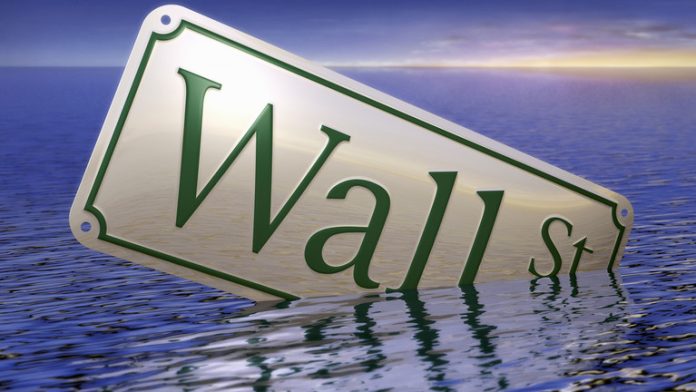NewsRescue
In a tweet this week, renowned author and economist Robert Kiyosaki cautioned investors of a stock market crash.
According to Kiyosaki, there are “too many signs” that the market could crash in the near future.
“However, too many indicators point to a devastating stock market meltdown… If your future depends on stocks and bonds, please exercise caution and seek professional guidance. “I’m afraid of depression,” he tweeted.
Kiyosaki, who foretold Lehman Brothers’ demise in 2008, claimed he does not trade stocks or bonds because he prefers “hands on control too much.”
In his most recent tweet, he did not explain why he expects equities to fall. Previously, he projected that the US Federal Reserve will hike interest rates to rein in runaway prices, causing stocks, bonds, real estate, and gold to plummet.
He has thus far been proven true, as the country has experienced its worst inflation in decades in recent months, prompting the Fed to execute a series of interest rate hikes. The current rate is 5% to 5.25%, increasing from 0% in early 2022.
So far, asset values and economic growth in the United States have shown robust to rising borrowing costs. The benchmark S&P 500 index is up 17% this year, while the Nasdaq Composite is up 35%, thanks in part to a rise in bets on artificial intelligence.
However, in a tweet this week, Kiyosaki said that the recent stock market boom is not a sign of health, but rather the result of the debt limit suspension Washington passed last month to prevent a default.
“WHY is the stock market exploding?” Because the ‘Debt Ceiling’ has been lifted. This means that the national debt will rise in tandem with the stock market. As America becomes impoverished, the rich gain richer. Sad. On July 14, he tweeted, “I’m sticking with real money and real assets: gold, silver, and bitcoin.”
The total US debt currently exceeds $32 trillion, and the Congressional Budget Office (CBO) recently warned that it will nearly double over the next three decades, rising from 98% of GDP this year to 181% by 2053 unless legislation is altered.





